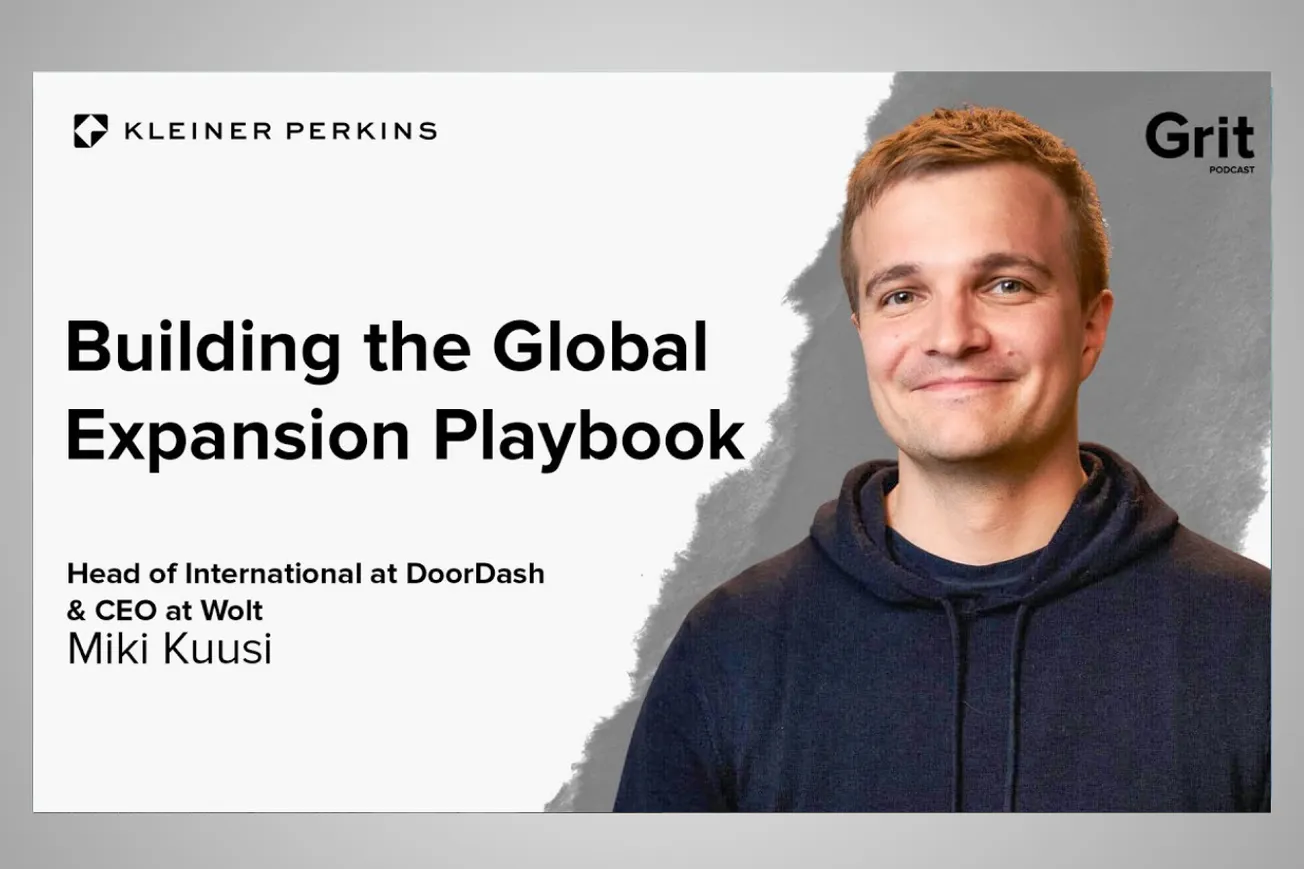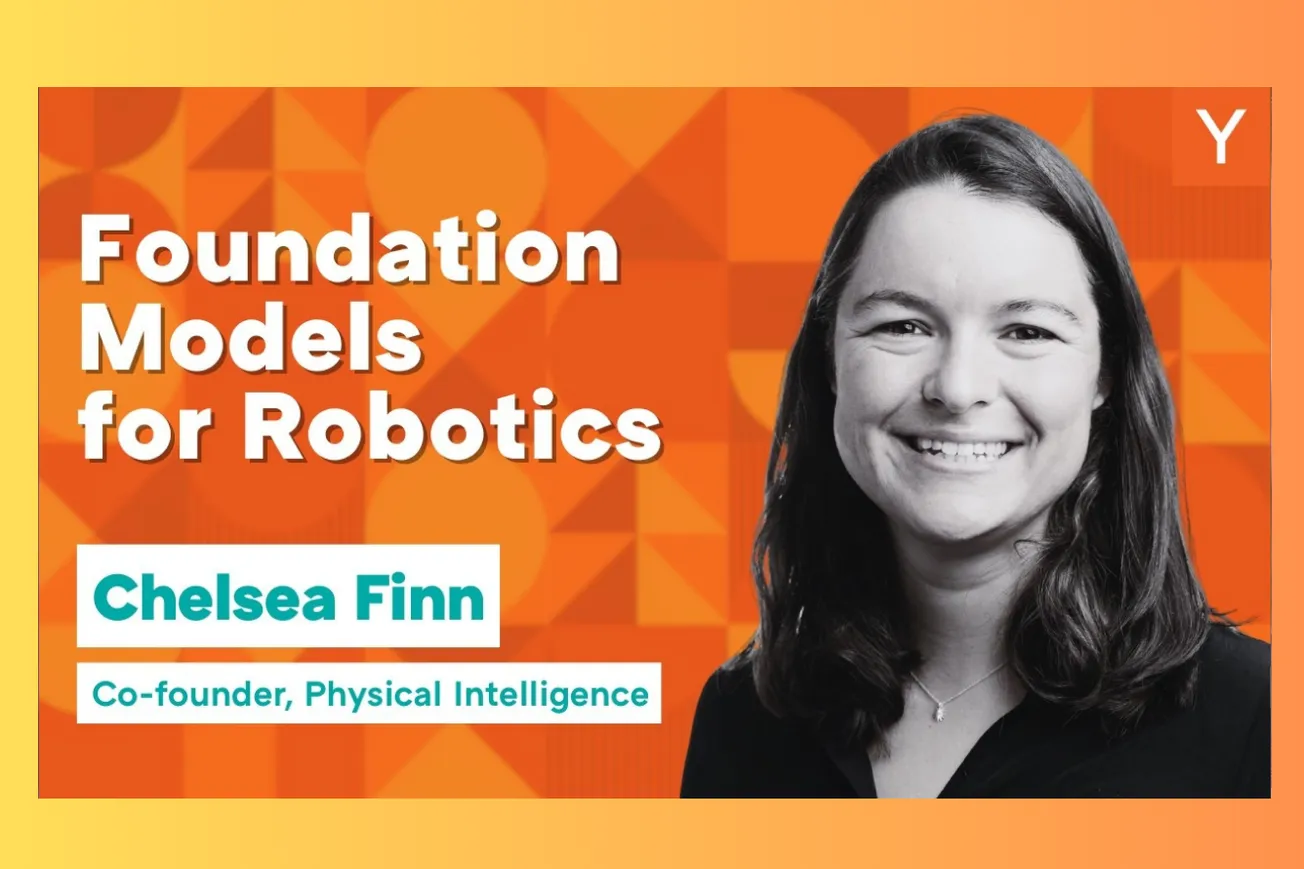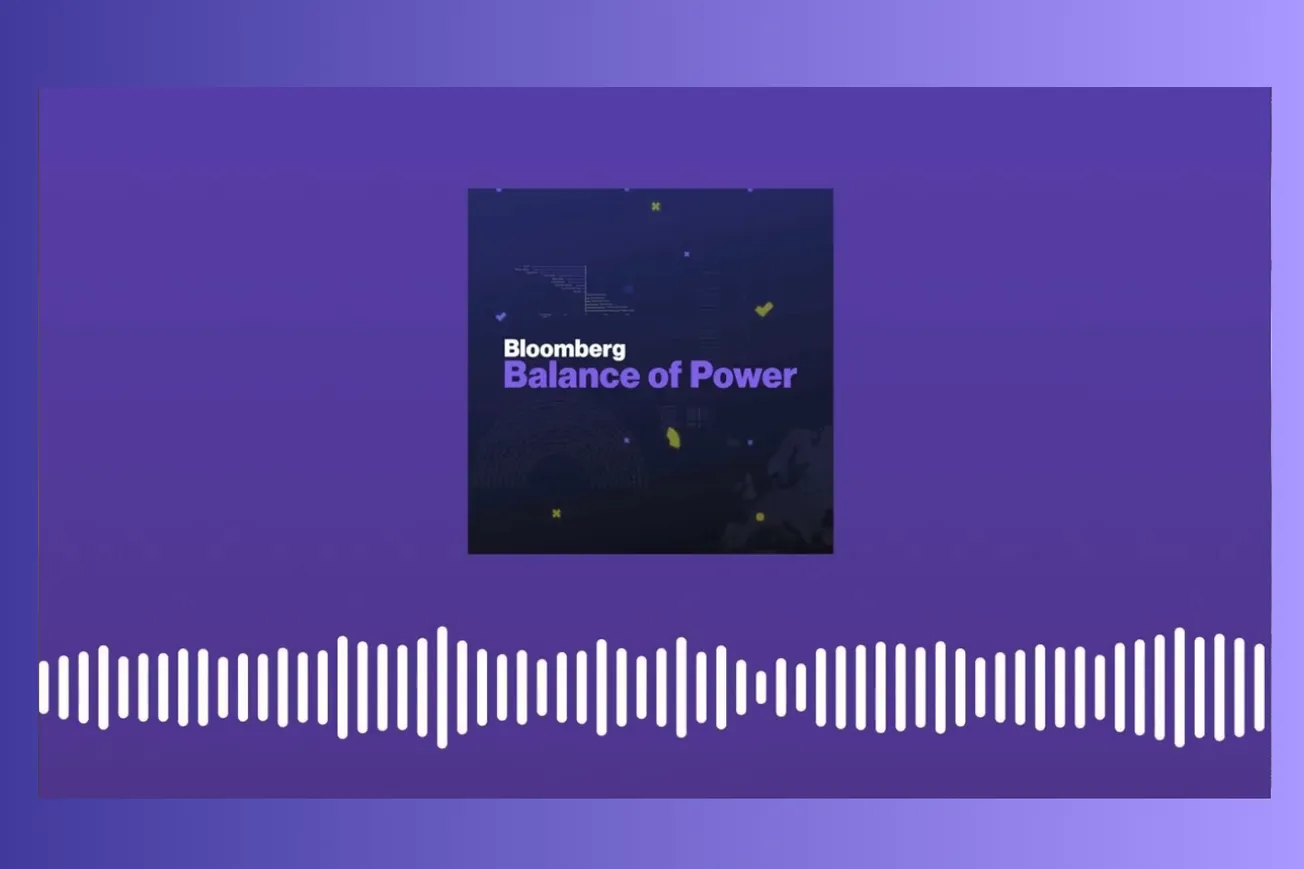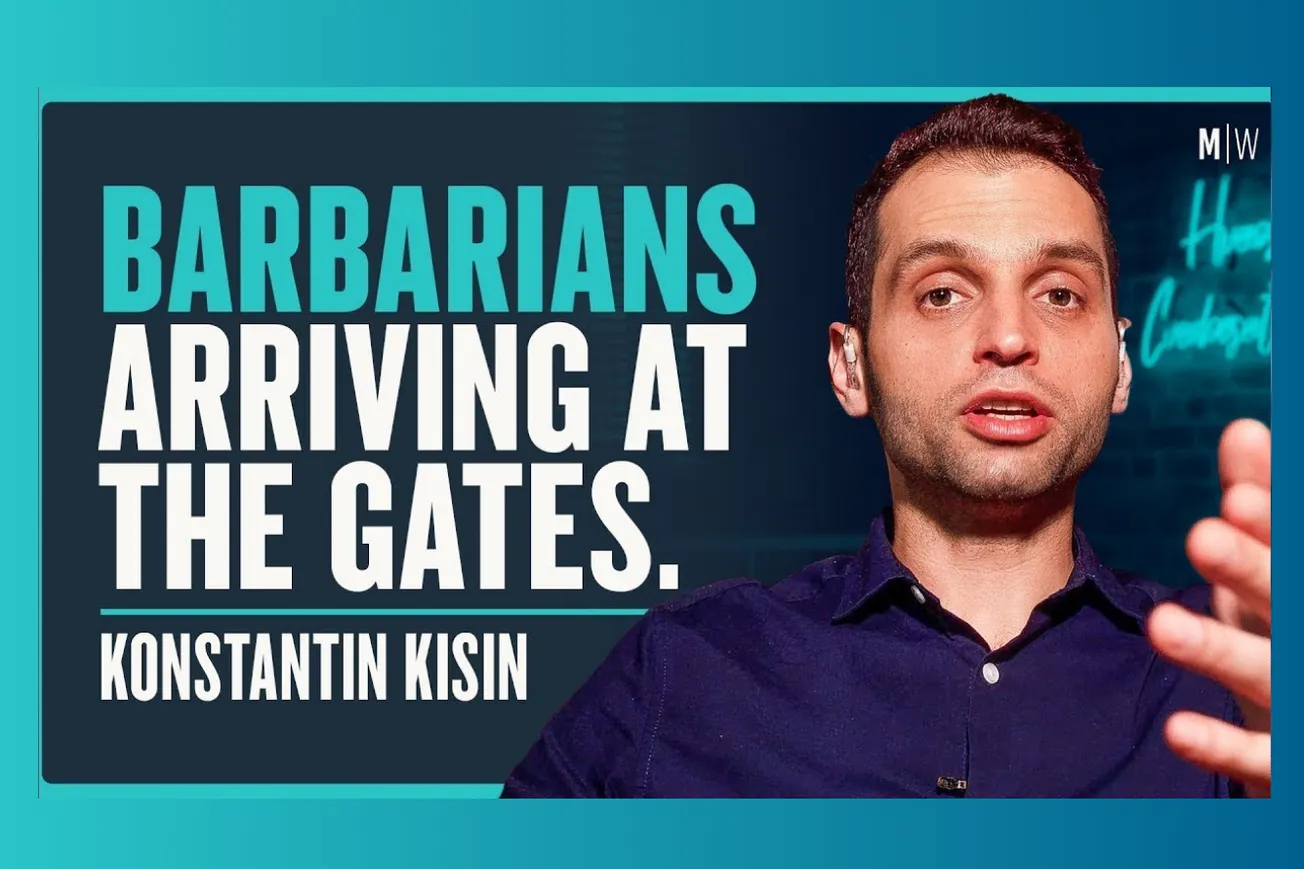Table of Contents
Wolt CEO Miki Kuusi reveals how starting in Finland's harsh delivery environment created competitive advantages, why he nearly sold for $25 million, and the cultural principles that sustained 13,000 employees through near-bankruptcy.
Miki Kuusi's journey from running Europe's premier tech conference to selling Wolt for $8 billion demonstrates that constraint breeds creativity, focus trumps funding, and intentional culture becomes competitive advantage at massive scale.
Key Takeaways
- Constraint breeds creativity - starting in Finland's expensive, low-density environment forced technological efficiency that became competitive advantage in global expansion
- The "last mover advantage" often beats first mover advantage when you perfect scalable models before rapid expansion rather than scaling mistakes across markets
- Growth companies are "glorified recruiting operations" - scaling from 1 person to 13,000 employees is fundamentally about building high-volume, high-quality talent acquisition systems
- Intentional culture formation during onboarding becomes crucial at scale - new employees are "empty blackboards" most receptive to company values and behavioral expectations
- Focus requires saying no to everything except core priorities - managing information overflow through strict notification and communication protocols prevents distraction from essential work
- European tech ecosystem's youth creates fewer role models but also less limiting conventional wisdom about what's possible for ambitious founders
- Integration challenges in acquisitions often stem from cultural misalignment rather than technical or strategic incompatibilities between companies
- The "next mountain" phenomenon means achieving goals provides temporary satisfaction before attention shifts to new challenges rather than lasting contentment
Timeline Overview
- 01:03–03:37 — Act Three Vision: Viewing current DoorDash international role as continuation rather than conclusion, believing the online transformation is still early innings
- 03:37–06:26 — Unlocking Local Commerce Strategy: Expanding beyond restaurants to all local services, bringing offline businesses online through delivery and digital transformation
- 06:26–09:56 — The DoorDash Acquisition Process: Timeline from IPO preparation to $8 billion all-stock deal, cultural alignment over geographic expansion priorities
- 09:56–15:12 — Competitive Landscape and Funding: Operating with 100x less funding than main competitors, building efficiency while others raised billions for rapid expansion
- 15:12–19:05 — DoorDash and Wolt Origin Stories: Both companies started with constraints - DoorDash in suburbs, Wolt in small Finnish cities, forcing innovation over capital deployment
- 19:05–24:09 — Feeling Like Idiots in the Room: Periods of self-doubt while competitors expanded globally with massive funding, maintaining faith in customer obsession over competitor analysis
- 24:09–26:49 — The Difficult Years 2015-2017: Near-bankruptcy, $25 million acquisition offers, laying off one-third of staff, and finding the one investor who believed in the vision
- 26:49–30:41 — European vs US Startup Ecosystems: Lack of role models and success stories in Europe creating both self-doubt and freedom from limiting conventional wisdom
- 30:41–33:48 — Learning from DoorDash Integration: Cross-pollination of subscription products, API services, and operational knowledge between geographic markets with different tipping cultures
- 33:48–37:40 — Market Correction and Efficiency: 2021-2022 transition from venture-funded to profit-driven industry favoring efficient operators over high-burn expansion models
- 37:40–41:49 — Global Delivery Market Development: Different countries at different stages of restaurant-to-grocery-to-retail evolution, opportunities in markets without Amazon dominance
- 41:49–45:23 — Glorified Recruiting Companies: Scaling from 1 to 13,000 employees as primary growth challenge, founder as chief recruiter selling vision to talent without proof points
- 45:23–47:05 — Convincing Early Restaurants: Difficulty selling digital transformation to non-tech-savvy restaurant owners, some employees had never used touchscreen devices
- 47:05–51:37 — Slush Conference as University: Learning company building through organizing Europe's premier tech conference, osmosis from successful founders and VCs
- 51:37–58:03 — The Next Mountain Phenomenon: Achievement providing temporary satisfaction before attention shifts to new challenges, human condition of perpetual striving
- 58:03–1:04:11 — Ambition and Concentration Management: Choosing where to apply competitive drive versus accepting "good enough" to maintain focus on primary objectives
- 1:04:11–1:09:08 — Family and Deliberate Time Management: Marriage and children forcing better time utilization, zero-or-one personality requiring complete presence in chosen activities
- 1:09:08–1:11:46 — Information Overflow Protection: Strict protocols for notifications, email, calendar management to prevent distraction from high-priority work and decision-making
- 1:11:46–1:14:05 — Time as Ultimate Currency: Weekly calendar reviews, annual retrospectives, ruthless prioritization based on company success metrics and goal achievement
- 1:14:05–1:20:50 — Onboarding and Culture Formation: Personal involvement in every new employee orientation, using stories and role models to shape behavior at 13,000+ person scale
- 1:20:50–1:24:50 — Culture During Crisis: 2017 layoffs followed by zero voluntary departures and eventual rehires demonstrating trust and cultural resilience through trauma
- 1:24:50–END — Expansion Strategy and Defining Grit: Continuing geographic and vertical growth, "sisu" as persisting beyond rational justification through inner conviction
The Constraint Advantage: Building in Finland's Harsh Environment
Miki Kuusi's decision to start Wolt in Finland created what seemed like impossible challenges but ultimately became competitive advantages. "Starting in a country of 5.5 million people... very high labor costs, one of the lowest income disparities in the world... small cities, low population density, no tipping culture - it's one of the most difficult places in the world to do last-mile delivery."
This harsh environment forced technological innovation and operational efficiency that competitors with abundant funding never developed. "We just had to become a technology operation, build the product and technology for being able to do this efficiently and with a great customer experience in our kind of environment."
- Difficult operating conditions forced efficiency innovations that became competitive advantages in easier markets
- Small home market required immediate international expansion planning rather than domestic scaling comfort
- High labor costs and no tipping culture demanded technology solutions over human-intensive operations
- Low population density required sophisticated logistics optimization that worked everywhere
When competitors raised massive funding for rapid expansion, Wolt's constraint-bred efficiency created sustainable operations. "Our competitive edge just came from the fact that we had to first figure out a way to do this efficiently... constraints breed creativity." Kuusi compares this to deep learning models like DeepSeek that achieve similar performance without billions in funding.
The Last Mover Advantage Strategy
While competitors raced for first-mover advantage with massive funding rounds, Kuusi deliberately chose "last mover advantage" - perfecting the model before scaling. "You want to go slow to be able to go fast later... instead of going to five different countries at the same time and making the same mistakes... you go slow at the start."
The expansion strategy involved methodical learning across six to seven countries before rapid scaling. "Until you get to a point... where we're like 'now we know how this works' and after that we went to eight countries at the same time, the next year we went to [more] countries at the same time."
- Methodical expansion prevented scaling mistakes across multiple markets simultaneously
- Learning-focused approach in early markets created replicable playbooks for rapid later expansion
- Building sustainable unit economics before growth avoided the "star flight" phenomenon of unsustainable customer experiences
- Quick commerce example shows how first movers often create temporarily amazing but financially unsustainable experiences
This strategy proved correct when quick commerce competitors achieved "amazing customer experience but it was not sustainable... it was basically like a star flight, it came and went." Wolt still operates quick commerce sustainably in over 20 countries by solving efficiency first.
Surviving the Valley of Death: 2015-2017
Wolt's closest brush with failure came in late 2015 when the company had "less than two months away from running out of money" and received a $25 million acquisition offer. With only "less than 100 restaurants" in Helsinki and 15 employees, the temptation to sell was enormous.
The decision to reject acquisition required irrational faith in the vision. "The reason we said no was that we just had this crazy belief in wanting to do this right, wanting to build the right customer experience and do it efficiently so that you can also make it sustainably."
- Near-bankruptcy forced difficult decisions but maintained long-term vision over short-term survival
- Second acquisition offer in 2017 for over $100 million was again rejected despite investor skepticism
- 80-100 investor rejections in late 2017 before finding one believer who led the Series B
- Cultural strength during 2017 layoffs resulted in zero voluntary departures and eventual rehires
The 2017 crisis particularly tested company culture when Kuusi had to lay off one-third of the 100-person team. "Most of those conversations I had one-on-one with the impacted individuals and it was one of the most difficult things I've had to do as a CEO." The transparent communication and trust built through this trauma became foundational to company culture.
Glorified Recruiting Operations at Scale
Kuusi's insight that "growth companies are ultimately glorified recruiting operations" reflects the reality of scaling from his original idea to 13,000 employees. "What's happened basically between myself having an idea sometime in 2012 and what we have today is that one person became 13,000 people."
The founder's role as chief recruiter becomes crucial in early stages when proof points are limited. "Your role as a founding CEO tends to be the chief recruiter because you have the vision... especially in the early days when you don't really have a lot of proof points to share with smart people, you need to get them excited on the vision and the idea."
- Scaling requires building high-volume, high-quality talent acquisition systems as primary operational capability
- Early-stage recruiting mirrors investor pitches and customer acquisition - selling vision without proof
- Founder involvement in recruiting remains crucial even at billion-dollar scale for cultural transmission
- Restaurant partnerships were initially harder than employee recruiting due to industry's low digital adoption
Kuusi maintains personal involvement in recruiting even at DoorDash scale, spending hours with individual candidates to communicate vision and cultural expectations. The parallel between recruiting, fundraising, and customer acquisition reflects the fundamental sales nature of company building.
Intentional Culture Formation Through Stories
At 13,000+ employees, Kuusi personally conducts orientation sessions for every new hire, understanding that "one of the most important moments for culture formation is when people start at a new company because they're like an empty blackboard looking to soak in influences."
His approach uses storytelling rather than policy documents: "Stories are the most powerful way to basically pass information between humans and mold human behavior... how you basically influence people with stories is by lifting up role models and sharing stories of what those role models did in different circumstances."
- New employee onboarding represents crucial cultural formation window when people are most receptive
- Stories and role models communicate behavioral expectations more effectively than written policies
- Founder involvement in every orientation ensures consistent cultural transmission at scale
- Culture becomes visible during crisis - how teams respond to adversity reveals true organizational values
The power of intentional culture formation showed during the 2017 layoffs when "after we had done that and we explained to the whole team what we did and why... during the next six months no one left the company." Many laid-off employees later rejoined, demonstrating trust preservation through transparent communication.
Information Overflow Management Systems
Operating at scale requires sophisticated systems for managing information flow and protecting decision-making capacity. Kuusi maintains strict protocols: "I don't really have notifications on as a starting point... you just live a life where you have an eternal number of things wanting your attention and you need to manage that overflow."
His notification strategy eliminates most interruptions: "The only notifications I get on my phone are text messages and phone calls and not a lot of people have my phone number... I don't get notifications from email... same thing with WhatsApp... same thing with Slack."
- Proactive information filtering prevents reactive responses to others' priorities and timing
- Email represents "a to-do list that anyone in the world that has your email can put an item on"
- Calendar discipline involves weekly reviews and annual retrospectives to optimize time allocation
- Focus protection becomes more critical as success increases incoming communication volume
The calendar management system includes retrospective analysis: "I often do retrospective so I will spend time on reviewing my calendar a year ago... what were the most important things I spent time on... what were the things that I thought were important... but with the benefit of hindsight actually were not that important."
The European Ecosystem Challenge
Starting in Europe's less mature tech ecosystem created both disadvantages and advantages for ambitious founders. "In Europe the whole tech ecosystem is just much younger so there's not as many examples of successful big global companies... role models are really important in this regard."
The lack of precedent created self-doubt but also freedom from limiting conventional wisdom. "Back in 2014 2015... saying that we want to build a company that's valued at a billion dollars, being a unicorn for instance, felt like a crazy thing to even say out loud."
- Fewer success stories and role models create uncertainty about what's possible for European founders
- Limited domestic venture capital requires earlier international expansion and efficiency focus
- Cultural differences around ambition and risk-taking can limit or liberate founder mindset
- Recent success stories are creating more ambitious role models for next generation entrepreneurs
Kuusi's background at gaming company Supercell and organizing Slush provided exposure to global success stories that shaped his ambition level. "Due to my background... our ambition level founding Wolt was really high on day one... we always knew that this is a go big or go home."
Cultural Integration in Acquisitions
The DoorDash-Wolt acquisition succeeded due to cultural alignment beyond strategic fit. "DoorDash and Wolt are culturally very similar because both of us had to figure out a way to succeed with much less financial capability than our competition."
Both companies developed "underdog cultures" from operating with funding constraints that forced innovation and efficiency. "Door Dash had to nail that to be able to win in the US and we had to build a very different kind of system to be able to win in these European markets."
- Acquisition success depends more on cultural compatibility than purely strategic or financial metrics
- Shared constraint experiences create similar operational philosophies and decision-making approaches
- Integration allows knowledge transfer between different market approaches and customer behaviors
- Maintaining separate brands and platforms reflects understanding of local market requirements
Technical integration focuses on shared capabilities while respecting market differences: "We are building increasingly products and technologies that we use across both DoorDash and Wolt... but our primary focus is on continuing to grow and continuing to service more customers."
The Next Mountain Phenomenon
Kuusi describes a fundamental aspect of high-achiever psychology: "Once you get there the only thing you're going to see is the next mountain that you have to climb... you never feel like you've really made it... if you are one of these people that love building, you're just going to see the next challenge."
This pattern extends beyond professional achievement to personal life, creating a cycle of temporary satisfaction followed by new goal-setting. "What we were dreaming about yesterday if we get it we're going to be so happy about today but we're going to take for granted tomorrow... that's the human condition."
- Achievement provides temporary satisfaction before attention shifts to new challenges and goals
- High achievers must consciously choose where to apply competitive drive versus accepting "good enough"
- Understanding this pattern helps manage expectations and maintain perspective during success
- Family and personal relationships require deliberate boundary-setting to prevent work obsession overflow
The solution involves conscious choice about where to apply maximum effort: "If you want to be the best in the world in something it's very unlikely you can do it at even two things at the same time so you need to concentrate your efforts."
Common Questions
Q: How do you know when to reject acquisition offers and continue building independently?
A: Focus on vision and impact potential rather than financial milestones - if you're building for money rather than mission, early exits become tempting and likely derail larger opportunities.
Q: What's the key to successful international expansion for delivery companies?
A: Go slow initially to learn and perfect your model, then scale rapidly - avoid expanding to multiple countries simultaneously and repeating the same mistakes across markets.
Q: How do you maintain company culture at 13,000+ employee scale?
A: Personal founder involvement in onboarding every new hire, using stories and role models rather than policies, and ensuring culture shows strength during crisis periods.
Q: What's the biggest difference between European and US startup ecosystems?
A: Europe has fewer success stories and role models but also less limiting conventional wisdom - founders must create their own blueprint rather than following established patterns.
Q: How do you manage information overflow as a scaling CEO?
A: Eliminate notifications, control communication channels, conduct weekly calendar reviews, and use annual retrospectives to optimize time allocation toward company success metrics.
Conclusion
Miki Kuusi's journey from organizing tech conferences to building a $8 billion delivery platform demonstrates that constraint breeds creativity, cultural intentionality scales better than processes, and focusing on customer obsession over competitor analysis creates sustainable advantages. His experience shows that European founders can build global companies by leveraging disadvantages as competitive moats and maintaining long-term vision through near-death experiences.
Practical Implications for Founders
- Embrace Operating Constraints: Use difficult market conditions as forcing functions for efficiency innovations that become competitive advantages in easier markets
- Choose Last Mover Advantage: Perfect scalable models in small markets before rapid expansion rather than scaling mistakes across multiple geographies simultaneously
- Invest in Cultural Formation: Personally conduct new employee orientations using stories and role models to shape behavior - culture becomes crucial competitive advantage at scale
- Build Recruiting Systems Early: Treat talent acquisition as core operational capability since growth companies fundamentally scale through people multiplication rather than process optimization
- Protect Information Consumption: Eliminate notifications and control communication channels to prevent reactive decision-making driven by others' priorities and timing
- Focus Competitive Drive Selectively: Consciously choose where to apply maximum ambition versus accepting "good enough" to maintain concentration on primary objectives
- Use Crisis for Cultural Strength: Transparent communication during difficult periods builds trust that sustains teams through future challenges and creates organizational resilience
- Leverage Geographic Disadvantages: Turn lack of local role models and limited funding into freedom from conventional wisdom and forced innovation requirements
Most Revealing Quote: "There's something deep inside you that says I should not give up even if you can't find a rational reason to do so. I should just continue to go forward." This captures the irrational persistence required to reject logical exit opportunities in favor of long-term vision that may never materialize.





